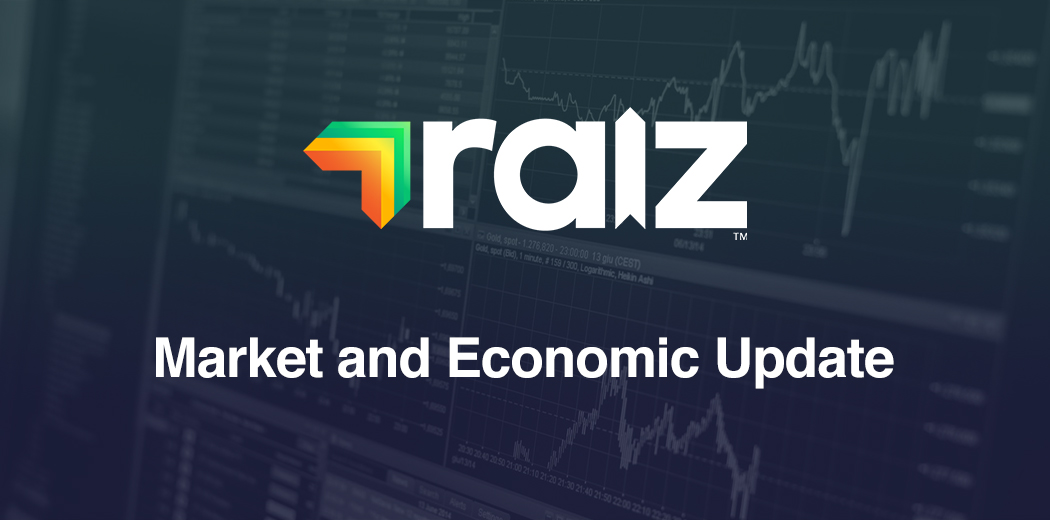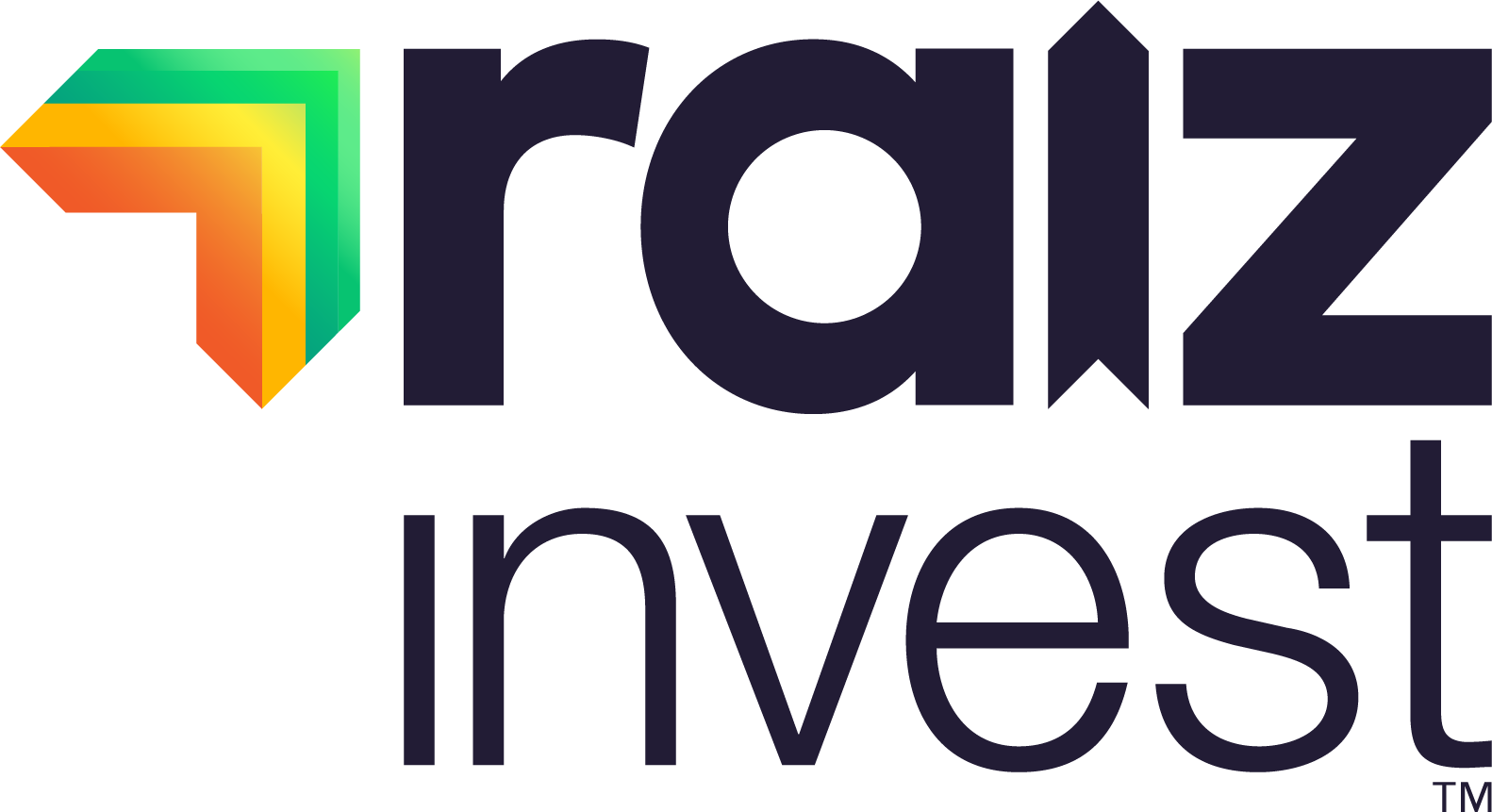Market and Economic Update: US-China trade war heats up

21/05/2019
From Raiz CEO, George Lucas
AUD tumbles as US-China trade war heats up
This week saw the Australian dollar hit hard by increased risk aversion flowing from the re-escalation in US-China trade tensions. The AUD fell by more than 2 percent against the greenback following the flare up in the long-running trade spat between the two global superpowers.
Meanwhile, the Japanese yen gained over 1 percent against the US dollar. A large fall in the AUD against the yen is generally synonymous with fading risk appetite, particularly in relation to China.
Looking ahead, if the markets are right about policy rate changes in the US and Australia, interest rate differentials would support the AUD against the greenback. Investors are yet to discount three rate cuts expected in the US by end-2020. They have already priced in both rate cuts in Australia.
What’s more, the AUD has this year not been boosted by a higher price of iron ore — a key export that closed last week above $100 a tonne. If the market prices this into the AUD, we could see a sharp turnaround in the local currency as the terms of trade improve for Australia.
Australian unemployment lifts sharply
On the labour market, monthly jobs data showed the number of people employed in April rose 28,400. However, despite the lift in raw numbers, the unemployment rate climbed to an eight-month high of 5.2 percent due to a jump in the labour force participation rate.
The rising unemployment rate may give the Reserve Bank of Australia an excuse to start cutting interest rates. That’s because while in the past a jobless rate of 5.2 percent would have signalled a strong employment market, I suspect the RBA will at the moment be focused more on the change in the rate, not the actual level.
Malaysia’s economic growth slips in Q1
Turning to Asia, data out Thursday revealed Malaysia’s economy slowed in the first quarter of 2019, with GDP figures showing growth fell from 4.7 percent year-on-year in Q4 to 4.5 percent in Q1. We think that the loss of momentum in Malaysia’s economy has further to run.
Across in Indonesia, the Bank Indonesia (BI), as suspected, left its policy rate at 6.00 per cent. We expect the rate to remain on hold in 2019 provided the rupiah doesn’t slump against the US dollar.
Renminbi slides on fresh US-China tensions
In China, the 2 percent fall in the renminbi against the US dollar since the latest flare-up in US-China trade tensions is significant given the relative stability that came before. The fall in the RMB does not appear to be a deliberate devaluation strategy to offset US tariffs. Indeed, if anything, Chinese policymakers are currently trying to limit the renminbi’s slide.
On the latest evidence, Chinese policymakers still attach considerable importance to the financial stability point, despite the greater tariff threat. Since US President Donald Trump recently suggested more tariffs were imminent, the People’s Bank of China’s daily fixings for the onshore RMB (CNY) have consistently been set stronger than the previous day’s close in the offshore rate (CNH).
Meanwhile, the cost of short-term borrowing in the offshore renminbi market has jumped, which may be a sign that Chinese officials are trying to make it harder to short the currency.
That all suggests that, for now, the RMB is a casualty in the trade war, not a weapon. If talks break down altogether, Chinese policy makers might step back and allow the market to drive the currency down further. But even then, they would probably still shy away from actively driving it lower.
Iron ore tops US $100 for first time in years
In other developments, the price of iron ore rose above US$100 a tonne for the first time in five years on Friday. That was after Vale, the world’s biggest producer of the steelmaking ingredient, warned there was a risk of another dam failure at one of its mines.
The price of iron ore has jumped more than 35 percent, or US$27 a tonne, since the Brazilian dam tragedy in January. Since then, Vale has been forced to shut down 93 million tonnes of iron ore production, which has tightened the market considerably.
At that level, some of the world’s biggest mining companies, including BHP Group and Rio Tinto, will be generating huge free cash flow from their iron ore businesses as the price of Iron ore defies market commentator predictions.
Important Note: The information on this website is provided for the use of licensed financial advisers only. The information is general advice and does not take into account any person’s particular investment objectives, financial situation or investment needs. If you are an investor, you should consult your licensed adviser before acting on any information contained in this website.
Investors only: The information in this Document is confidential it must not be reproduced, distributed or disclosed to any other person unless it is part of their statement of advice. The information may be based on assumptions or market conditions and may change without notice. This may impact the accuracy of the information. In no circumstances is the information in this Document to be used by, or presented to, a person for the purposes of making a decision about a financial product or class of products.
General advice warning: The information contained in this Document is general information only. It has been prepared without taking account any potential investors’ financial situation, objectives or needs and the appropriateness of this information needs to be considered in that context. No responsibility or liability is accepted by Instreet or any third party who has contributed to this Document for any of the information contained herein or for any action taken by you or any of your officers, employees, agents or associates.



